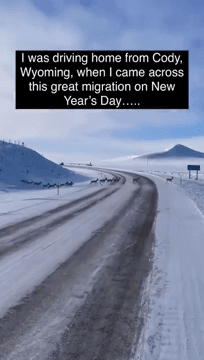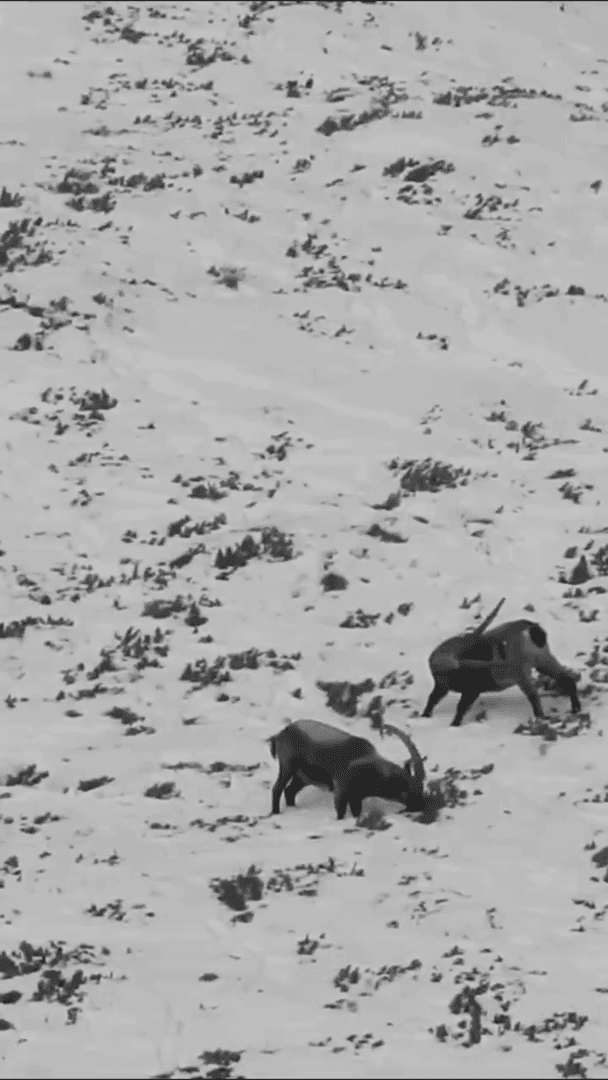
Over 300 miles of fencing removed to benefit Nevada antelope For the past decade, volunteers have worked to remove one of the major impediments facing antelope along the western landscape: barbed-wir
Post: 13 January 10:24

Post: 13 January 10:24

Post: 9 March 22:04

Post: 20 November 17:58

Post: 20 May 15:07

Post: 25 August 07:37

Post: 4 July 16:33

Post: 16 May 09:38

Post: 5 August 10:49

Post: 5 August 10:03

Post: 7 August 10:07

Post: 25 January 09:45

Post: 30 July 10:49

Post: 16 September 11:09

Post: 12 July 10:48

Post: 29 April 16:52

Post: 28 January 23:18

Post: 4 August 07:00

Post: 30 July 12:03

Post: 25 July 10:54

Post: 24 July 09:14

Post: 27 August 15:10

Post: 12 March 15:49

Post: 6 June 22:54

Post: 19 October 09:52

Post: 3 July 14:02

Post: 11 November 21:24

Post: 2 September 11:18

Post: 24 March 21:11

Post: 25 June 19:06

Post: 1 July 07:40

Post: 4 July 09:13

Post: 16 May 17:16

Post: 3 July 06:48

Post: 23 July 08:10

Post: 11 July 06:09

Post: 8 September 08:50

Post: 4 September 07:36

Post: 3 September 08:40

Post: 29 August 08:14

Post: 3 September 15:44

Post: 1 September 13:07

Post: 28 August 08:25

Post: 28 August 07:27

Post: 26 June 12:51

Post: 16 July 12:01

Post: 3 September 11:25

Post: 2 September 12:07

Post: 29 July 20:58

Post: 4 September 12:15

Post: 4 September 11:48